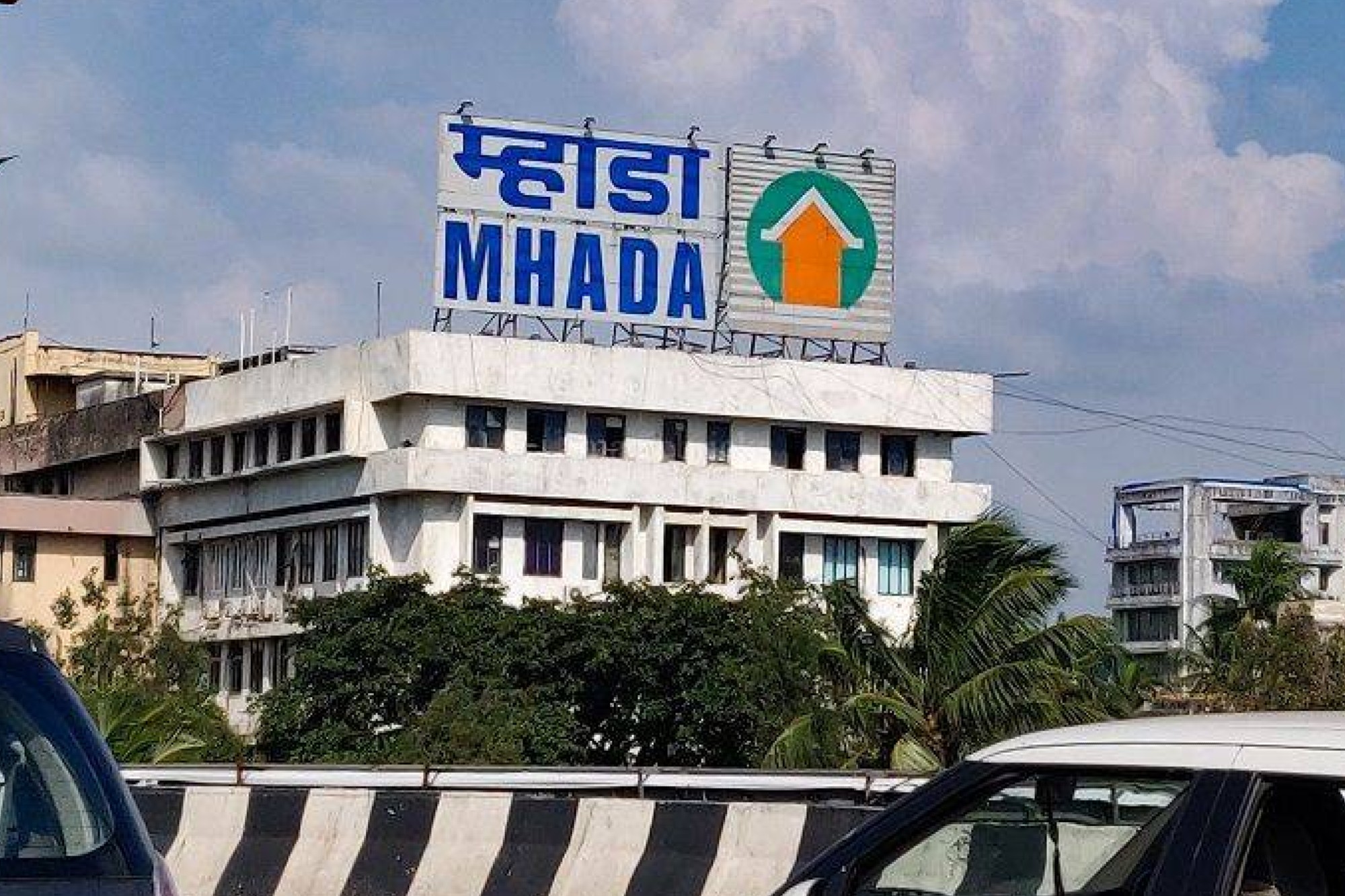
From Forgotten Lanes to Future Living: How MHADA’s Kamathipura Redevelopment is Reimagining Mumbai’s Urban Core
Few neighbourhoods capture Mumbai’s layered history like Kamathipura — a place where culture, struggle, and survival coexist within the same narrow lanes. Once a bustling colonial precinct and later a symbol of Mumbai’s working-class resilience, Kamathipura is now entering a new era. The Maharashtra Housing and Area Development Authority (MHADA), in collaboration with the state government, has embarked on an ambitious plan to transform the area under the Urban Village Kamathipura Township Project — a redevelopment model that blends social inclusion with urban innovation.
For decades, Kamathipura’s dense fabric of old chawls, non-cessed structures, and fragmented plots represented both heritage and hardship. While its proximity to South Mumbai made it historically significant, the neighbourhood remained trapped between decay and neglect. The Urban Village Township initiative aims to change that — not through displacement, but through design. By reimagining Kamathipura as a sustainable, self-contained township, MHADA is crafting a future where dignity, safety, and affordability coexist in the heart of Mumbai.
A Vision for Inclusive Urban Renewal
The Kamathipura Cluster Redevelopment Project, approved under Regulation 33(9) of DCPR 2034, marks one of Maharashtra’s most ambitious housing renewal efforts. Spearheaded under the leadership of Chief Minister Eknath Shinde and Deputy Chief Minister and Housing Minister Devendra Fadnavis, the initiative is being implemented by MHADA’s Mumbai Building Repairs and Reconstruction Board (MBRRB).
Envisioned as a holistic model, the project aims to integrate redevelopment of both cessed and non-cessed buildings across lanes 1 to 15. The objective is not only to rebuild structures but also to renew lives — ensuring that residents, many of whom have lived here for generations, are at the centre of transformation. A tender process has already been floated to invite proposals from reputed developers, setting the stage for a large-scale, transparent redevelopment effort.
Designing a Modern Urban Ecosystem
Spread over 34 acres, the Urban Village Kamathipura project covers 943 cessed and 349 non-cessed buildings, many of which are more than a century old. The new township will replace aging infrastructure with earthquake-resistant, green-certified buildings featuring rainwater harvesting, solar systems, and efficient waste management. Sustainability will no longer be an afterthought — it will be the foundation.
When completed, the township will provide housing for over 8,000 residents, including 6,625 residential units, 1,376 commercial spaces, and 800 landowners. Each development block will include community areas, walkways, and civic amenities, transforming Kamathipura’s previously congested lanes into open, breathable, and inclusive spaces. The focus is clear: renewal must go beyond real estate and rebuild social fabric.
Institutional Framework and Transparency
To ensure accountability and fairness, MHADA has instituted a Project Feasibility Committee under MBRRB to oversee documentation, eligibility verification, and resident consent. The project’s vast scale has been divided into four sectors to enable phased implementation.
In a significant structural reform, MHADA has been designated as the Special Planning Authority (SPA) — giving it powers to coordinate approvals, streamline communication, and eliminate bureaucratic bottlenecks. Additionally, Mahimtura Consultants has been appointed as the planning agency to prepare the township’s Detailed Project Report (DPR) and master plan.
According to a recent Government Resolution dated July 2, 2024, landowners will be entitled to compensation for redevelopment: 500 square feet of housing for units up to 50 square metres, with additional benefits for larger plots. This ensures that all stakeholders — from tenants to owners — gain equitably from the transformation.
Sustainability and Economic Impact
Through this massive redevelopment, MHADA will unlock approximately 44,000 square metres of land for affordable housing, alongside 5.67 lakh square metres of total built-up development. This will facilitate the creation of nearly 4,500 additional housing units, further strengthening Mumbai’s affordable housing stock.
The project is guided by sustainability principles that include the use of eco-conscious materials, green architecture, and modern drainage and energy systems. Beyond physical infrastructure, it aims to spark economic rejuvenation through small-scale enterprises, local employment, and renewed commercial activity. Kamathipura’s transformation will not erase its identity — it will reframe it for the modern city.
Preserving Cultural Memory
Kamathipura’s history dates back to the late 18th century, when migrant labourers from Andhra Pradesh — the Kamathis — settled in the area during Bombay’s rapid colonial expansion. Over time, it evolved into a melting pot of working-class communities, artisans, and performers. Spaces like Pilaj House and Bacha Seth Ki Wadi became synonymous with traditional performing arts and social interaction.
In the 20th century, however, the area became entangled in social marginalization, often reduced to a single narrative. Yet behind those stories lay a deeper truth — a community that sustained itself through craft, commerce, and cultural continuity. MHADA’s township model acknowledges this legacy, preserving heritage structures where possible while infusing them with new life. The idea is not to erase history but to ensure it lives on in safer, sustainable environments.
A Blueprint for Transformative Urbanism
The Urban Village Kamathipura Township Project is more than a redevelopment plan — it is a social statement. It stands for equitable growth, transparent governance, and a belief that even the most congested urban zones can be reimagined with purpose. By combining architectural innovation with community welfare, MHADA is turning policy into lived progress.
As tenders are evaluated and construction begins, Kamathipura represents a crucial turning point in Mumbai’s housing evolution. Its redevelopment will not only reshape the city’s skyline but also redefine how India approaches inclusive urban transformation. For MHADA, this is not just about rebuilding walls — it’s about rebuilding trust, restoring dignity, and reaffirming the promise that every Mumbaikar deserves a home that is both safe and proud.

